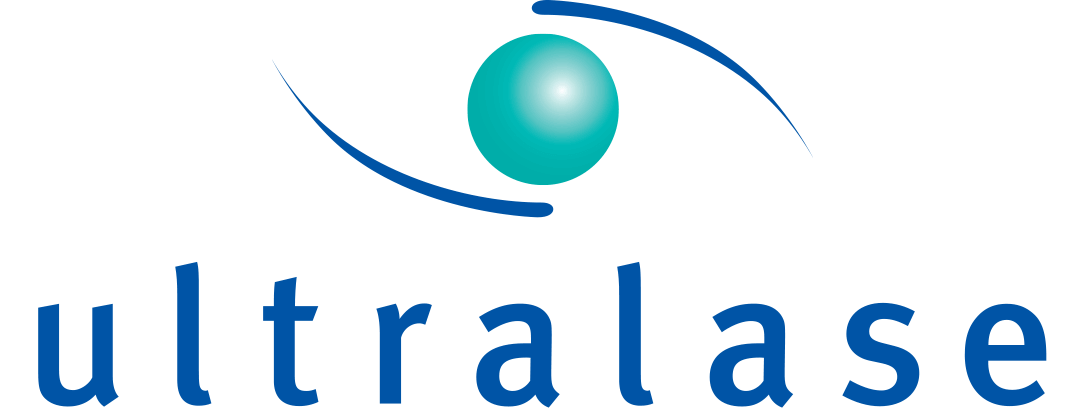What Is The YAG Laser Used For?
09 December 2019

YAG stands for yttrium aluminum garnet and is the crystal located within the laser.
Although lens replacement surgery has an extremely high success rate; complications can arise. Around 10% of lens replacement patients will develop posterior capsule opacification (PCO) within two years of having the surgery.
PCO causes blurry vision; appearing almost as if a cataract has formed. This is treated with YAG laser capsulotomy (YAG); a non-invasive procedure which restores vision back to the level it reached after lens replacement surgery.
In this article we explore:
- When YAG treatment is needed
- Risk factors associated with PCO
- What happens during YAG laser treatment
- The recovery process after YAG
When is YAG laser needed?
YAG laser is required to treat posterior capsule opacification (PCO); a fairly common complication of lens replacement surgery that causes hazy or cloudy vision.
YAG is performed to restore the vision back to its state after lens replacement surgery and the good news is that no further treatment is needed.
What is posterior capsule opacification?
The natural lens of the eye is contained within a translucent capsular bag; known as the lens capsule. This is there to support the lens or, after surgery, the lens implant.
Posterior capsule opacification (PCO) occurs when the back of this lens capsule thickens. This happens because the remaining cells left after surgery grows over the back of the capsule.
This means that much less light is able to travel through to the retina (light sensitive tissue at the back of the eye). In turn, sight can become cloudy and sensitive to bright lights and glare.
Younger patients are most at risk of developing PCO; as well as those who suffer genetic eye conditions such as retinitis pigmentosa. However, it’s still possible to develop PCO without these conditions.

What happens during YAG laser treatment?
YAG laser takes mere minutes to complete and in most cases the patient is able to return to their normal activities the very same day. Local anaesthetic is administered prior to surgery, so no pain is felt.
The actual laser works by creating a small hole in the centre of the lens capsule (behind the lens implant). This allows light to enter, enabling it to reach the retina and thus restoring vision back to the level it was before PCO developed. It can, however, take a week for vision to return fully.
There are three stages involved with YAG laser treatment. These are:
- Eye drops; which are administered to dilate the pupil and to numb the eye.
- The laser is then applied to breakdown the build-up of cells at the back of the lens.
- Medicated eye drops are used for the following week, to prevent inflammation.
What is recovery like after YAG laser?
Recovery is fairly quick following YAG treatment. As with any eye surgery, medicated eye drops will be provided to use after treatment. These usually last for a course of a week and should be taken exactly as directed by the surgeon.
We advise that you do not drive yourself home after the procedure as vision may be blurry following the dilation eye drops. However, because YAG does not require incisions or stitches, patients are usually able to return to daily activities straight away. Again, speak to the surgeon about what you can and can’t do.
Eye floaters may appear for the first few weeks following treatment, but these typically resolve on their own. As a whole, significant improvement in vision should be experienced after just one day.
If you have had lens replacement surgery and have been experiencing blurred vision, we advise that you have your eyes examined to check for possible complications.
Back to Blog
